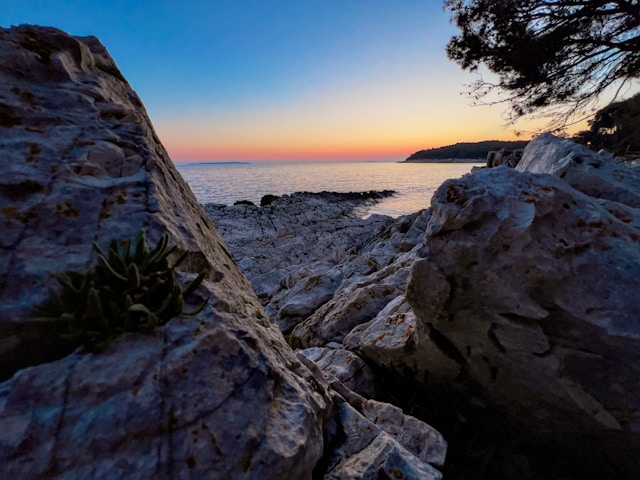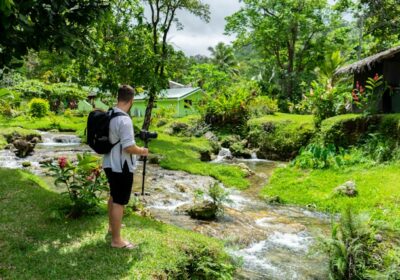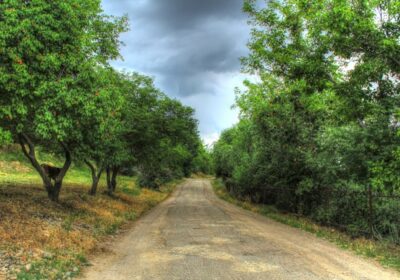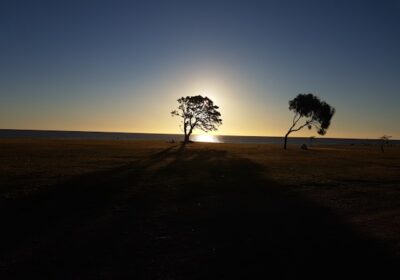Discovering Mali: A Journey Through History and Culture
Mali, a landlocked country in West Africa, is a destination rich in history, culture, and natural beauty. Known for its ancient cities, vibrant music scene, and stunning landscapes, Mali offers an unforgettable travel experience. Here’s an in-depth guide to exploring Mali and its myriad attractions.
Historical Significance
Ancient Empires and Trading Cities
Mali has a storied history that dates back to some of Africa’s most influential empires.
- Empire of Mali: The Mali Empire, which flourished from the 13th to the 16th century, was one of the wealthiest and most powerful in Africa. It was famous for its impressive cities, thriving trade, and rich culture.
- Timbuktu: Once a bustling center of trade and Islamic scholarship, Timbuktu is home to ancient manuscripts and historic mosques such as the Djingareyber Mosque. The city’s historic significance earned it a place on the UNESCO World Heritage list.
- Gao: The ancient city of Gao was the capital of the Songhai Empire and an important trading center. The Tomb of Askia, a pyramid-like structure, is a UNESCO World Heritage site that reflects the city’s historical importance.
Architectural and Cultural Marvels
Djenne
Djenne is one of Mali’s most iconic cities, known for its unique mud-brick architecture.
- Great Mosque of Djenne: The largest mud-brick building in the world, the Great Mosque of Djenne is a masterpiece of Sudano-Sahelian architecture. It is a UNESCO World Heritage site and a symbol of Mali’s rich architectural heritage.
- Djenne Monday Market: Every Monday, the city comes alive with one of West Africa’s most vibrant markets. It’s an excellent opportunity to experience local culture, purchase handicrafts, and sample traditional foods.
Dogon Country
The Dogon people have a rich cultural heritage and are known for their unique traditions and cliffside villages.
- Bandiagara Escarpment: This UNESCO World Heritage site is a stunning sandstone cliff that stretches for 150 kilometers. The area is dotted with Dogon villages, known for their distinct architecture and cultural traditions.
- Dogon Masked Dances: The Dogon are famous for their elaborate masked dances, which are part of religious ceremonies and festivals. These performances offer a fascinating insight into Dogon cosmology and spiritual beliefs.
Natural Beauty
Stunning Landscapes
Mali’s diverse landscapes range from the Sahara Desert to the lush Niger River Valley.
- Sahara Desert: The northern part of Mali is dominated by the Sahara Desert. The vast dunes and dramatic landscapes offer opportunities for camel treks and desert camping.
- Niger River: The Niger River is the lifeblood of Mali, providing water for agriculture and serving as a transportation route. Boat trips along the river offer scenic views and a chance to visit riverside villages.
Outdoor Activities
Mali’s natural beauty provides the perfect backdrop for a variety of outdoor activities.
- Hiking in Dogon Country: The Bandiagara Escarpment offers excellent hiking opportunities. Trails lead through picturesque villages, past ancient rock art, and along stunning cliffs.
- Birdwatching in the Inner Niger Delta: The Inner Niger Delta is a vital wetland area that supports a wide variety of bird species. It’s a paradise for birdwatchers, especially during the migratory season.
Cultural Experiences
Music and Festivals
Mali is known for its vibrant music scene and lively festivals.
- Festival in the Desert: Held near Timbuktu, this annual music festival celebrates traditional Tuareg culture and music. It attracts musicians and visitors from around the world.
- Festival on the Niger: This festival takes place in Segou and features music, dance, and art from across Mali and the wider West African region. It’s a fantastic way to experience the diversity of Malian culture.
Cuisine and Dining
Malian cuisine is a delightful blend of flavors and ingredients.
- Traditional Dishes: Must-try dishes include jollof rice, tigadèguèna (peanut butter stew), and maafe (a savory stew made with meat and vegetables).
- Street Food: In Mali’s bustling markets, you can find a variety of street food, such as fried plantains, grilled meat skewers, and fari masa (fried dough balls).
- Local Drinks: Sample traditional drinks like ginger juice, hibiscus tea (bissap), and locally brewed millet beer.
Practical Tips for Visitors
Best Time to Visit: The best time to visit Mali is during the dry season, from November to February, when the weather is cooler and more comfortable for travel.
Getting There: Bamako’s Modibo Keita International Airport is the main entry point for international travelers. There are flights from major African and European cities.
Accommodation: Mali offers a range of accommodation options, from luxury hotels in Bamako to guesthouses and camping sites in rural areas.
Currency: The official currency is the West African CFA franc (XOF). Major credit cards are accepted in larger hotels and restaurants, but it’s advisable to carry cash for smaller purchases.
Language: French is the official language, but Bambara is widely spoken. Learning a few basic phrases in Bambara can be helpful and appreciated by locals.
Respecting Local Customs: Mali is a predominantly Muslim country, and it’s important to respect local customs and traditions. Dress modestly, especially when visiting religious sites, and be mindful of local etiquette.
Reflection and Farewell
Mali, with its rich history, stunning landscapes, and vibrant culture, offers a unique and enriching travel experience. Whether you are exploring ancient cities, hiking through the breathtaking Dogon Country, or immersing yourself in the local music scene, Mali promises an unforgettable journey.
Plan your visit to this West African gem and discover the charm and beauty that make Mali a must-visit destination.






Leave feedback about this